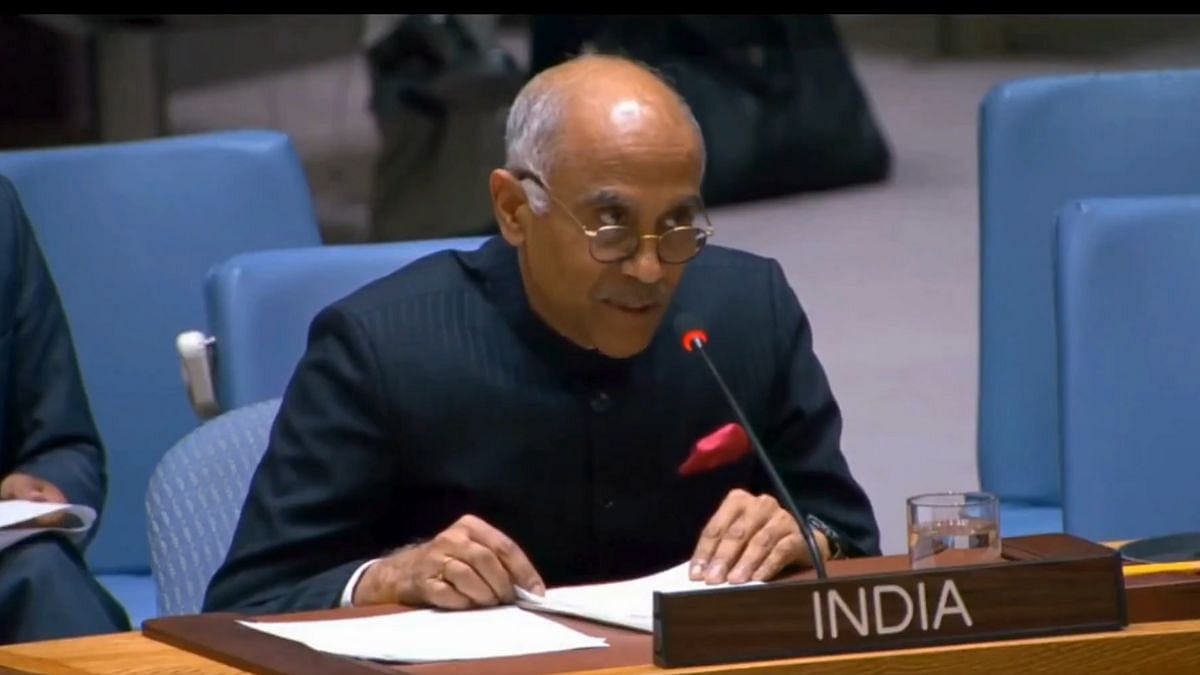The shock, horror and dismay with which the nation reacted to the tragic death of Chief of Defence Staff General Bipin Rawat in a helicopter crash in Tamil Nadu is testament to not only the revered position that the Armed forces still occupy in the hearts of all Indians but also to the stature and presence of General Rawat, the senior-most commander of India’sdefence forces. A decorated war veteran and a four-star general, General Rawat died with his boots on, en route to the Defence Services Staff College in Wellington to address young officers who will one day become future leaders themselves. Tragically, other senior members of his staff and his wife also perished in the accident.
General Rawat’s death creates a unique void in our defence set-up, which the government may find difficult to fill immediately. As India’s first-ever tri-service chief, General Rawat was spearheading arguably the most significant transformation of India’s defence structure since the British first created the colonial Indian Army as a modern fighting force. He was tasked with creating ‘joint theatre commands’ which would have integrated the combined might of the Army, Air Force and Navy to tackle threats in a unified and strategic manner. As a member of the nuclear command authority, he was a key component of India’s strategic nuclear command. As the Prime Minister’s principal military adviser, he was also a key influence on India’s military and foreign policy. He also directly commanded the forces in the newly created cyber and space verticals. As the principal architect of the integrated capability development plan, he was profoundly altering not only the shape and structure of the forces but also their technological capabilities. Of course, he was not immune to controversy. His selection as Army chief in 2016, superseding his seniors, created a stir. When the post of CDS was created on his retirement, it was interpreted as a political quid pro quo in some quarters. And his attempts to integrate the services and reform the command structure did not sit well with many members of a strongly traditional military establishment. However, that should not detract from the importance of the task that General Rawat was carrying out. As a key member of the defence procurement committee, he was supposed to speed up the tortuous defence procurement process, as well as bring in synergy across services in military procurement. Such action was long overdue. It is imperative the government keep the longer-term goal of transforming our military while looking for a successor






